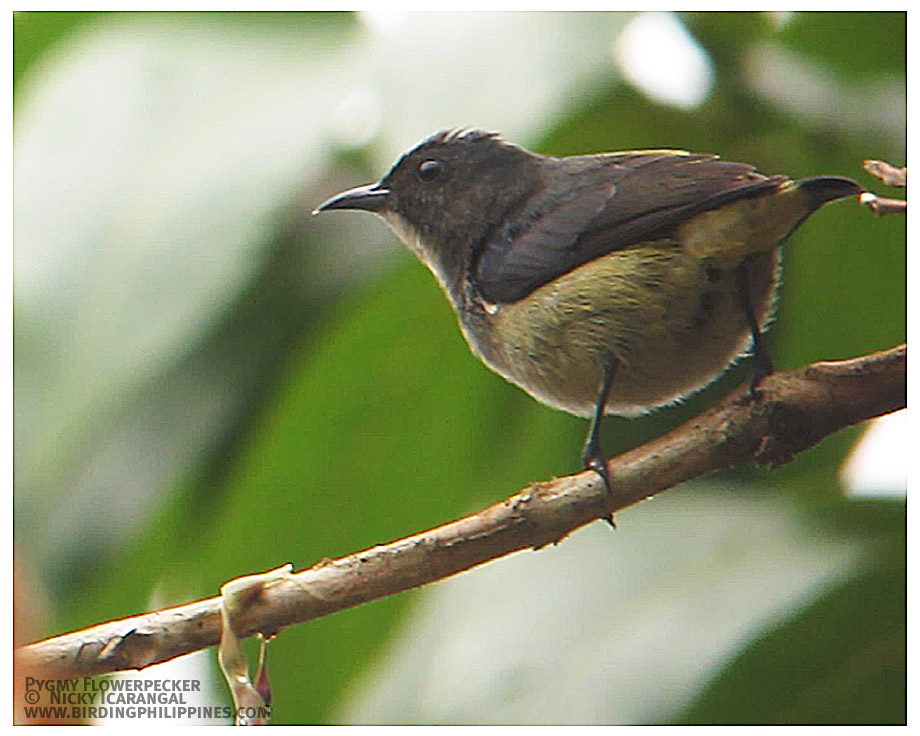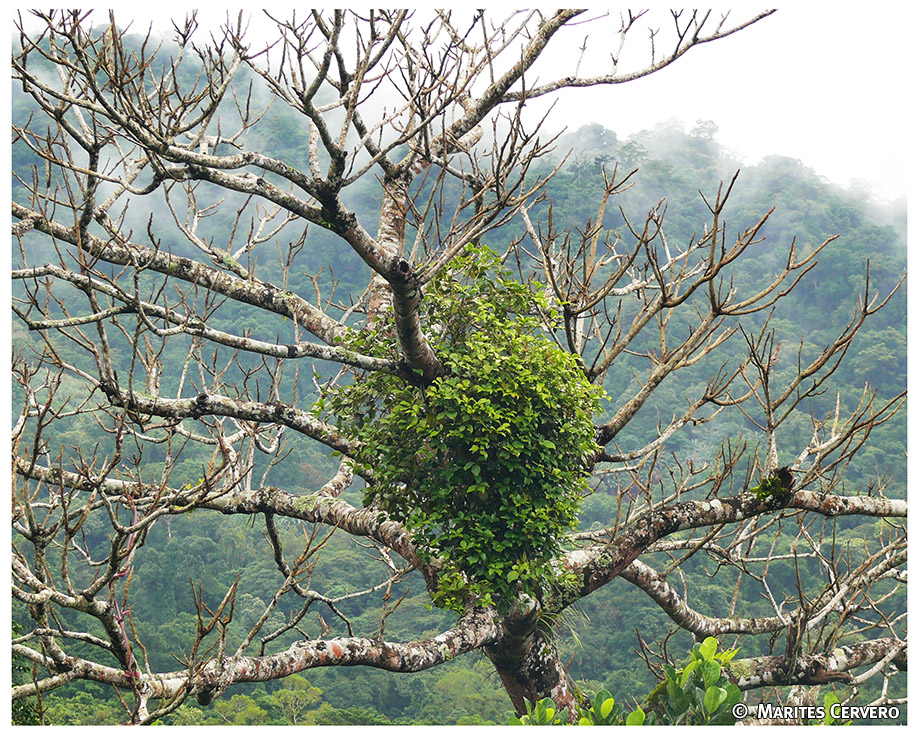Dung-on-a-twig: Mistletoe and Birds
[Part 2]
This is the continuation of the blog post: Dung-on-a-twig: Mistletoe and Birds last week.
Here is another video showing how mistletoes are propagated. This time a Pygmy Flowerpecker, Dicaeum pygmaeum does the job of pooping the very sticky mistletoe seeds and wiping it off a branch. The Pygmy Flowerpecker is a common and widespread endemic ranging in most Philippine Islands including Palawan. This flowerpecker is particularly fond of Loranthus mistletoe and prefers lowland forest up to 1000 meters. The call is similar to tapping two pebbles together and is given almost continuously while foraging on fruiting and flowering trees.
See the bird stretching first and then pooping next at around 0:40 into the video clip.
Next week: Last installment for this series. Happy birding!
Pygmy Flowerpecker, Dicaeum pygmaeum
January 2011, Mt. Makiling, Laguna, Philippines


